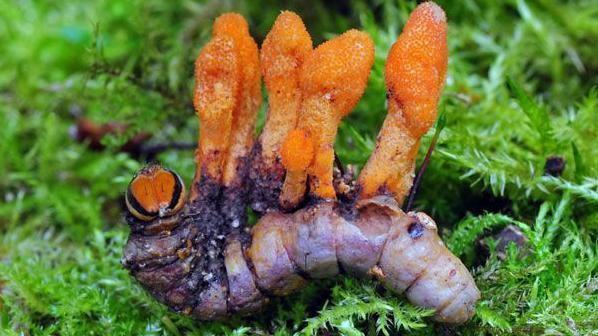Fungus-infected 'zombie spiders' found in Irish caves
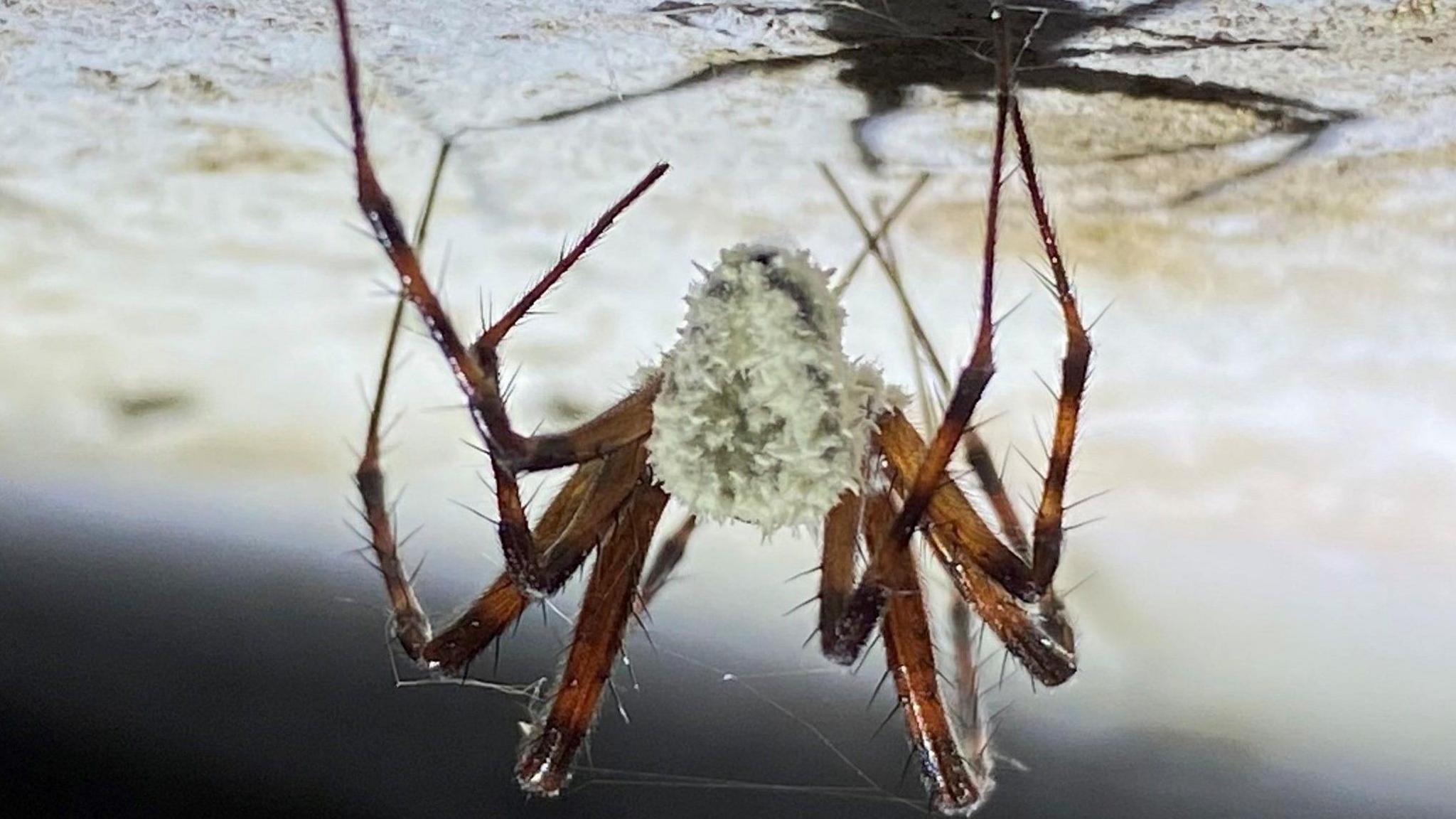
The infected spiders - seen here with the fungus over its head and body - have been found in several cave systems across the island of Ireland
- Published
It's the stuff of nightmares - or even the hit TV show and video game The Last of Us: a novel fungus that turns its hosts into "zombies".
Thankfully, so far, it's only been found in spiders located in several cave systems across the island of Ireland, including the Whitefathers' Caves on the Fermanagh/Cavan border.
Named after Sir David Attenborough, Gibellula attenboroughii was first discovered in County Down during the filming of BBC Winterwatch in 2021.
The fungus changes the spider's behaviour, making it leave its concealed lair or web to die in an exposed position on the roof or walls of a cave.
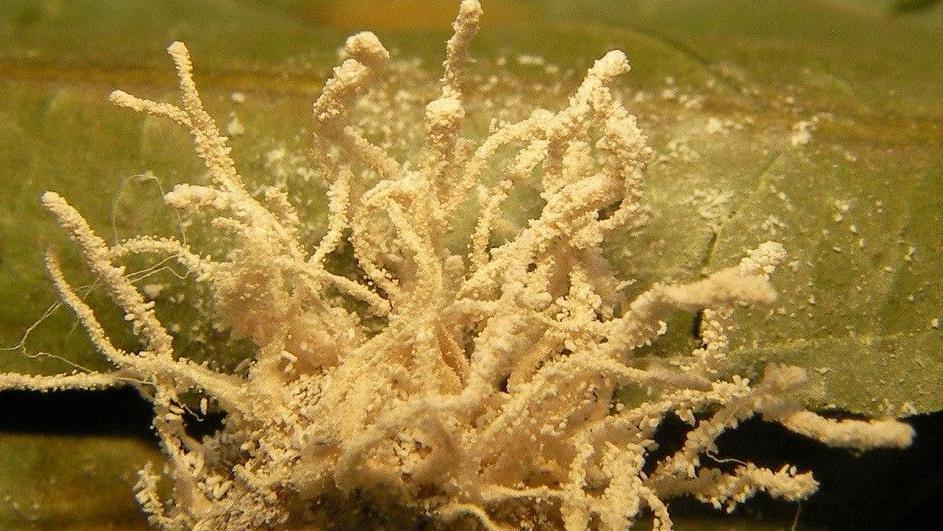
Gibellula attenboroughii was first discovered in County Down in 2021
It does this using dopamine, the brain's happy chemical, to make the spider favour the dispersal of the fungal spores over preserving its own life.
Scientists say the behaviour of the fungus mirrors that of ants infected by fungi of the genus Ophiocordyceps, previously reported from the Atlantic rainforest of Brazil.
The story of the "zombie ants" led to a number of zombie-fungus themed books, as well as the hugely popular The Last of Us video game.
The game, which takes place in a post-apocalyptic world overrun by fungus-infected zombie humans, was later adapted into an award-winning TV show starring Pedro Pascal and Bella Ramsey.

Pedro Pascal and Bella Ramsey star in The Last of Us
After finding the fungus on a spider in the gunpowder store at Castle Espie in County Down, a team of scientists led by Dr Harry Evans from the Centre for Agriculture and Biosciences International (CABI), began to look for more specimens.
Dr Evans and his team used a speleologist - a cave explorer - to help their research.
That work led them to the conclusion that this was a native fungus specific to indigenous cave-dwelling spider species.
The fungus favours man-made habitats like culverts, tunnels and cellars.
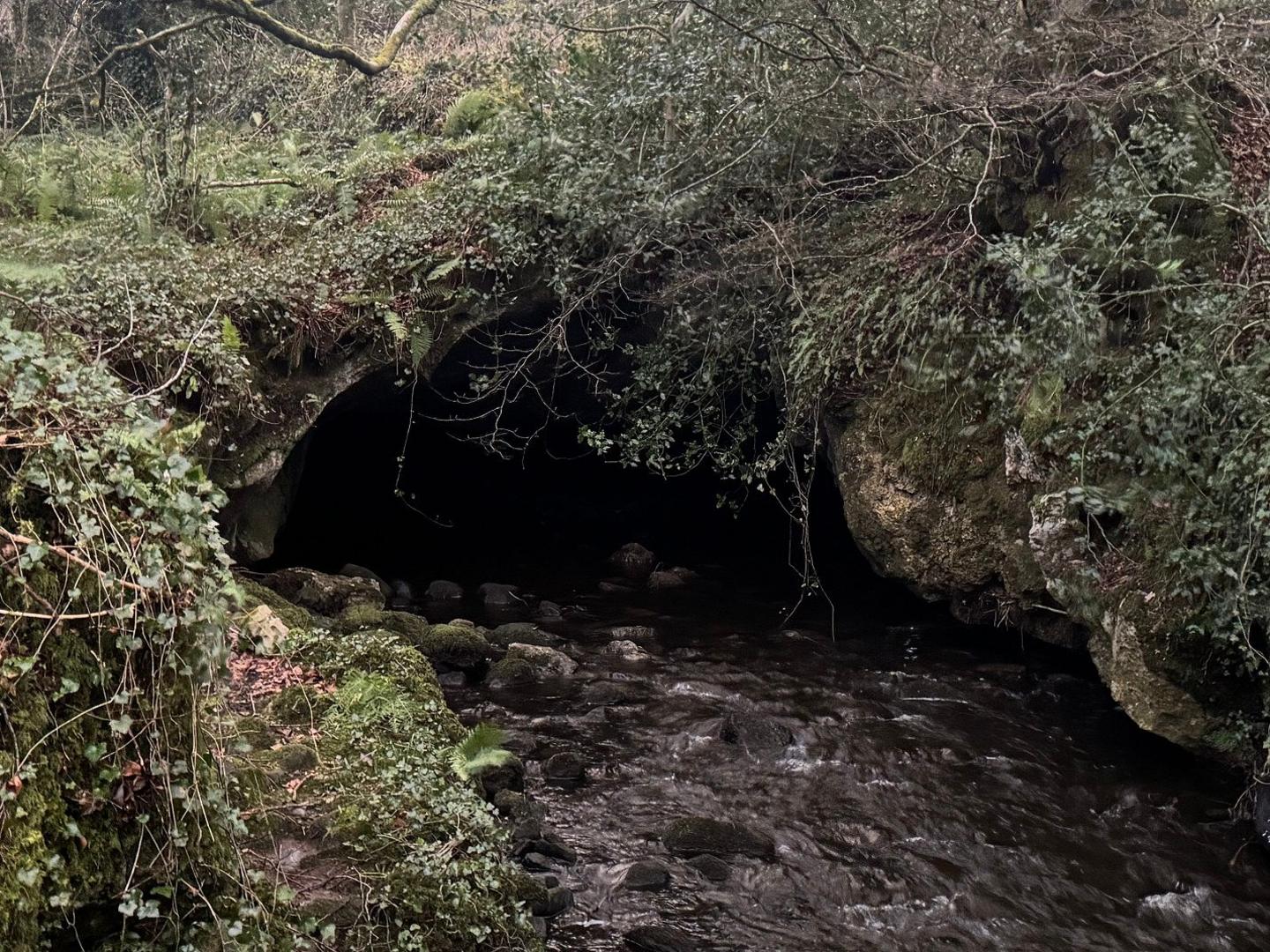
An entrance to the Whitefathers' Caves in County Cavan
It has been found on two species of spider occupying different types of environments in the cave systems.
Both Metellina merianae (Tetragnathidae: Araneae) and Meta menardi are reclusive, orb or circular web-weaving cave spiders that favour dark, damp places.
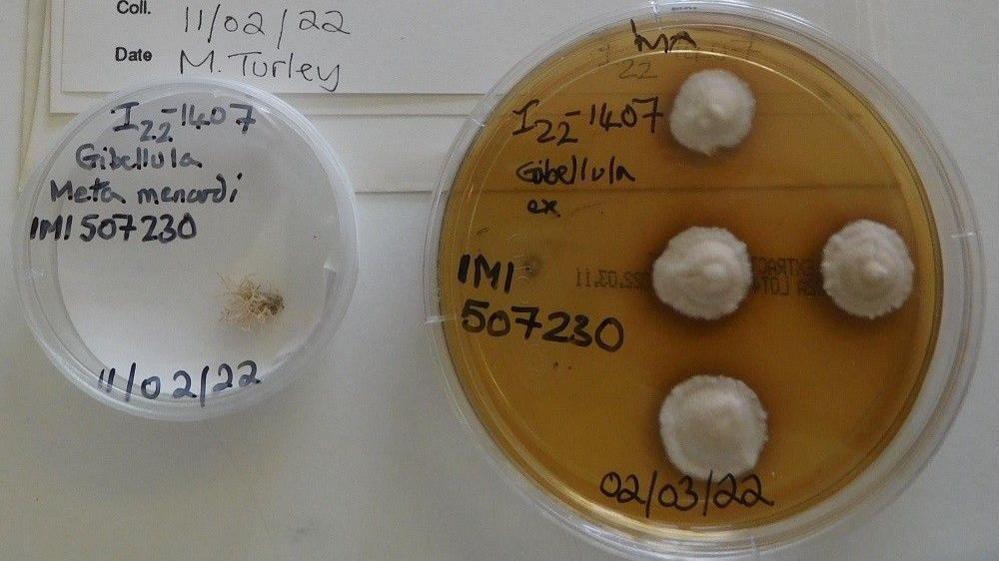
More research is needed to understand just how the fungus succeeds
Dr Evans' team's work has been published in the journal, external Fungal Systematics and Evolution.
He said more research is needed to understand just how the fungus succeeds.
But human beings needn't worry - at least yet.
Related topics
- Published28 January 2023
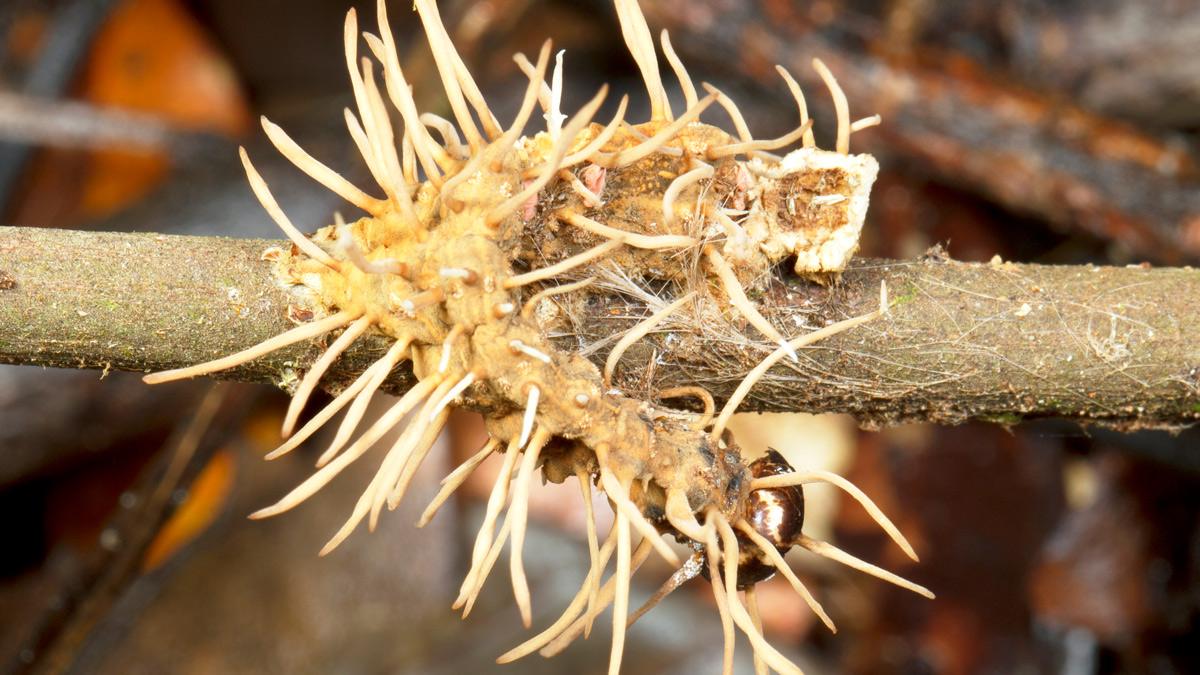
- Published16 January 2023

- Published11 March 2023

- Published15 January 2023
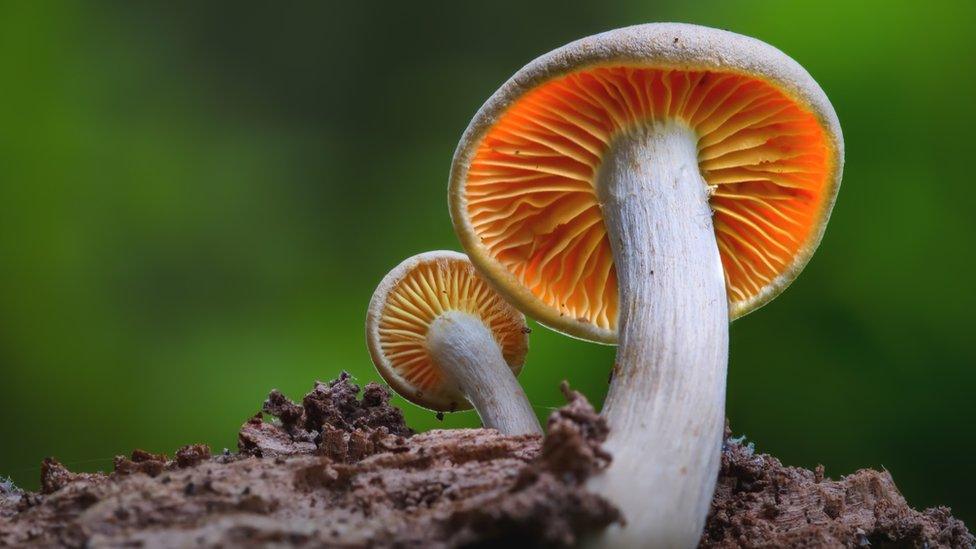
- Published8 November 2024
